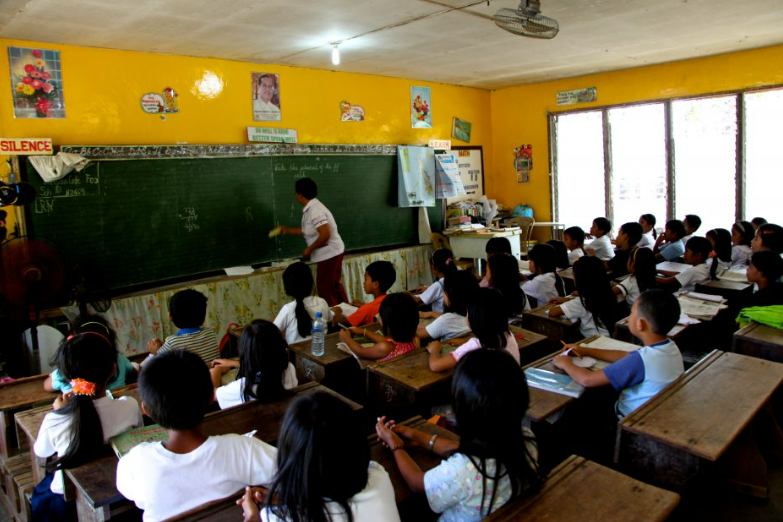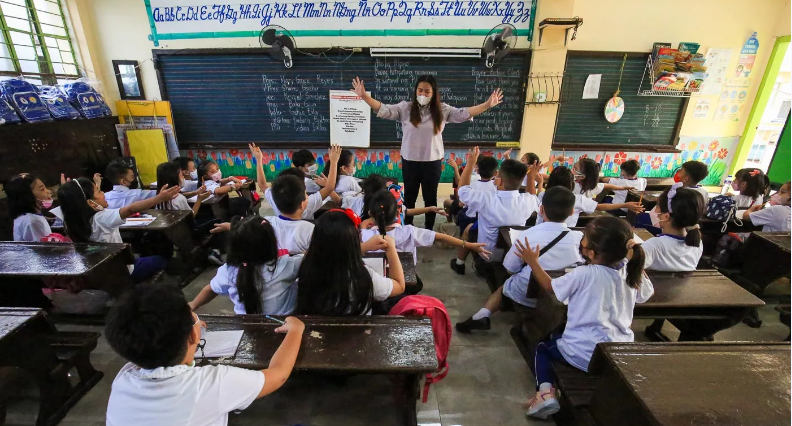Physical Address
304 North Cardinal St.
Dorchester Center, MA 02124
Physical Address
304 North Cardinal St.
Dorchester Center, MA 02124

President Ferdinand Romualdez Marcos Jr. has directed his new Education Secretary, Harvard Law-educated Juan Edgardo “Sonny” Angara, to emphasize the fundamental aspects of basic education. This directive underscores a renewed focus on the 3Rs of basic education—reading, writing, and arithmetic.

In the Philippines, basic education is both free and compulsory, encompassing kindergarten, junior high school (grades 7-10), and senior high school (grades 11-12). Despite this, a significant number of students finish elementary school without the ability to read, write, or count proficiently. Even those who can read often struggle with comprehension and lack understanding of scientific concepts. Alarmingly, Filipino 15-year-olds, who have completed two years of high school, frequently cannot read, write, or count beyond 20, and they lack basic scientific knowledge.
Given that 80 to 90 percent of school-age children attend public schools, the government bears much of the responsibility for these educational shortcomings. Up until the 1970s, the Philippines boasted one of the best education systems in Asia, with its schools, both public and private, envied by neighboring countries.
In the past, the Philippines’ academic reputation was so esteemed that Harvard established a branch in the country, the Asian Institute of Management (AIM) in Makati, founded in 1968. However, since AIM’s establishment, the Philippine economy has deteriorated from being one of the richest in Asia to lagging behind its neighbors like China, South Korea, Taiwan, Hong Kong, Singapore, Malaysia, Thailand, Vietnam, and Indonesia.
By the early 1970s, the Philippines’ exports were ten times those of South Korea, Taiwan, Hong Kong, Singapore, Malaysia, and Thailand. Today, the situation is reversed.
In 1990, the Philippines mandated early childhood education in every barangay, town, city, and province. Despite this, compliance has been dismal at just 36 percent. Instead of achieving the equivalent of 12.9 years of schooling, kindergarten students only receive an average of 7.5 years—five years behind the expected standard.
Government tests for Grade 6 pupils reveal poor results: 54 percent proficiency in Filipino, 44 percent in English, science, and Araling Panlipunan, and 41 percent in math. Most Grade 6 students fail their basic subjects. Moreover, two-thirds of the country’s 44,000 barangays did not comply with the mandatory Early Childhood Care and Development (ECCD) Center requirements. Region VIII (Eastern Visayas) and the Cordillera regions show the lowest compliance, with 11 percent and 13 percent, respectively.
ECCD teachers often lack qualifications, with only 52 percent holding a college degree and 17 percent having only a high school diploma. Despite the large kindergarten enrollment, colleges produce only 80 ECCD teachers annually. Furthermore, ECCD teachers earn a mere P5,000 compared to the P27,000 monthly salary of a Department of Education kindergarten teacher.
The problems plaguing basic education are not due to a lack of funding. From 2012, the Department of Education (DepEd) produced only 27 textbooks for Grade 1 to Grade 10 pupils. During the Duterte presidency (2018-2022), out of a P12.6 billion budget for textbooks, only P952 million (7.5 percent) was spent.
The government also mandated an additional two years to elementary schooling (K-10-12). However, this initiative failed due to insufficient support for teachers, including inadequate teaching and learning resources and limited facilities, as acknowledged by the Second Congressional Commission on Education (EdCom2).
To address the inadequacies of elementary education, the government introduced a National Learning Recovery Program. Yet, this too fell short, as many learners in need of remediation did not participate, according to EdCom2.
EdCom2 suggests that urgent efforts must focus on improving reading literacy in the Philippines, particularly in Key Stage 1 (Kindergarten to Grade 3), while also addressing other grade levels where foundational competencies are lacking.
Government elementary and high school teachers face numerous administrative tasks unrelated to teaching. For example, in one school with 500 teachers, only four non-teaching personnel were available.
Higher education in the Philippines also faces significant challenges. Despite higher enrollment rates in colleges and universities compared to global peers, quality education remains elusive. The country has 2,396 higher educational institutions (HEIs), but only 182 have centers of excellence or development (COEs or CODs). This indicates that only 7.6 percent of colleges and universities meet quality standards.
To ensure that the poor have access to quality education, the government provided cash subsidies through programs like Listahanan 2.0 and Pantawid Pamilyang Pilipino Program. However, 69 percent of the subsidy went to non-poor individuals and areas without colleges or universities.
Finally, a significant proportion of teachers in government schools lack competency. From 2009 to 2023, only 33 percent of elementary school teacher examinees and 40 percent of high school teacher examinees passed the government licensing exams. Despite this, the government allows colleges and universities with zero passing rates for teacher graduates to continue operating.
To address these issues, the Philippines must prioritize strengthening its basic education system, enhancing reading literacy in the Philippines, and ensuring higher education institutions meet quality standards.